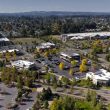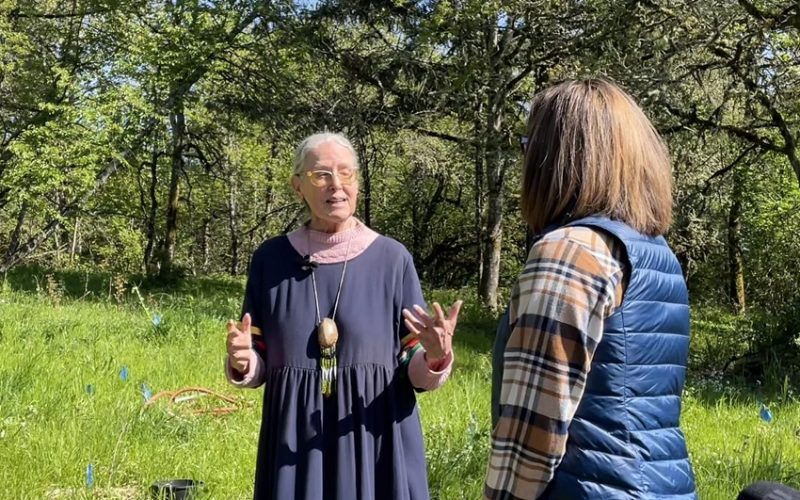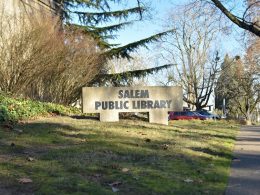Salem, OR – A quiet two-acre farm just south of Salem, Oregon, once a peaceful haven for native trees and plants, has found itself caught in the whirlwind of federal funding uncertainty. For months, the farm’s efforts to restore local ecosystems and preserve traditional Indigenous knowledge have been threatened by an ongoing back-and-forth over grants, with funds being awarded one moment and canceled the next.
The farm, which is committed to growing native species and supporting sustainable practices, is part of a growing movement across the country to restore Indigenous agricultural practices and protect the land that Indigenous communities have cultivated for generations. However, the constant shifting of federal funds has made it difficult for the farm to plan its next steps, leaving its future in limbo.
For many small operations like this one, federal grants are essential for maintaining and expanding their work. But the farm has experienced first-hand the challenges that come with navigating the maze of bureaucratic red tape that often accompanies federal funding. Grants that were initially approved have been rescinded, leaving the farm scrambling to make ends meet.
This has caught the attention of local officials and activists, including Salinas, a prominent community leader and advocate for Indigenous rights. Salinas, known for her work in supporting local agricultural projects, has stepped in to help restore some of the lost funding. With her background in policy and her connections within the federal system, she has been able to bridge the gap between the farm and the complex world of government grants.
“It’s essential that we support these initiatives,” Salinas said in a recent statement. “The work being done on this farm is not just about growing plants, it’s about restoring cultural practices that have been passed down for generations. It’s a critical part of preserving our local environment and honoring the traditions that have long been tied to this land.”
Through Salinas’ efforts, additional funding has been secured, allowing the farm to continue its work in the short term. While the process has been slow and fraught with setbacks, the restoration of these funds represents a small victory in a larger battle for sustainable agriculture and Indigenous rights.
As the farm presses forward, it remains committed to its mission of cultivating native species, teaching the community about Indigenous farming methods, and preserving a crucial part of Oregon’s natural heritage. Despite the challenges it faces, the farm stands as a symbol of resilience and hope in a time of uncertainty.
The battle over federal funding for such farms is far from over, and for Salinas, it’s a cause that is personal. “We have to continue to fight for the future of these lands,” she said. “If we don’t, we risk losing a vital part of our history and our connection to the land.”
As the issue continues to unfold, both the farm and its supporters remain optimistic that, with the right advocacy, they can weather the storm and emerge stronger—ensuring that this vital work will not only survive but thrive.











